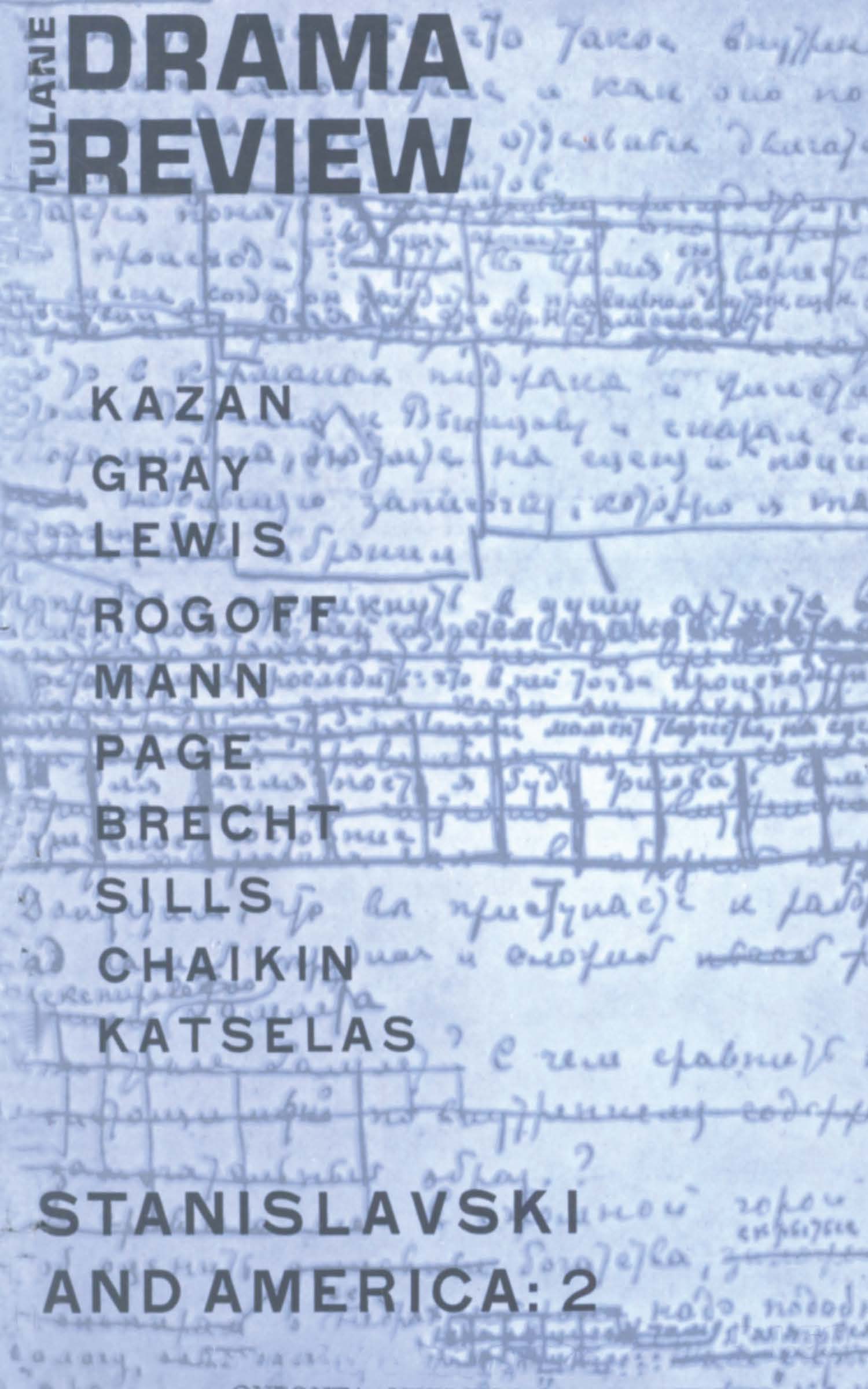Article contents
The Regional Theatre: Some Statistics
Published online by Cambridge University Press: 23 November 2021
Extract
The information contained in the following tables is only the rawest of raw material, to be approached with awesome cautiousness. They are by no means comparisons of theatres, since often the same figure will mean different things to different theatres. Salaries, for example, in one instance may include the pittance paid to non-Equity extras, in another there may be no non-Equity to pay. Foundation grants may throw box-office percentages off. A proper sorting job would have required a particularly active computor—and it is being done by the 20th Century Fund for publication next year.
The figures have been gathered bit by bit from all over. In every case they have been checked with the director or business manager of the theatre involved, but only with imagination, intuition, and a certain amount of brashness can they be interpreted.
- Type
- Research Article
- Information
- Copyright
- Copyright © The Tulane Drama Review 1965
References
1 Population figures are census bureau 1962 metropolitan statistical areas. Cities that have large neighbors, large suburban areas or rapid recent growth need special consideration.
2 In last two seasons.
3 Actors Workshop figures are projections for a completed 1964-65 season, included because the Workshop has been so influential in regional theatre. The new Workshop under Kenneth Kitch will differ considerably, but details are still under consideration.
4 Alley figures are for 1963-64, a more typical year than 1964-65 due to the pending move to a new theatre.
5 10-ticket books sold instead of, or supplementing, season subscriptions.
6 Budget is on 52-week basis.
7 Included as an example of an amateur theatre moving in the direction of professionalism.
8 Deficit is covered by contributions, or investments.
9 On tour; when company plays New York, salaries are lower.
10 For actors in general, including non-Equity.
11 Major subscription drive. Cost expected to show returns for several years.
Note: The figures received from the theatres on the amounts of grants received do not in every case correlate with figures taken from the Ford Foundation annual reports (see p. 27).
- 1
- Cited by


